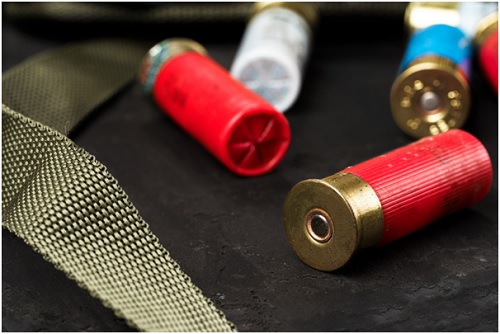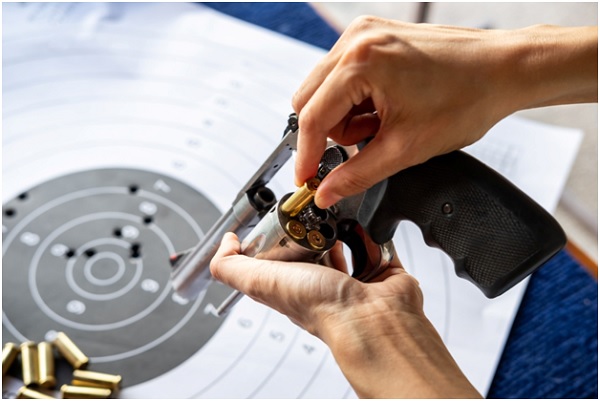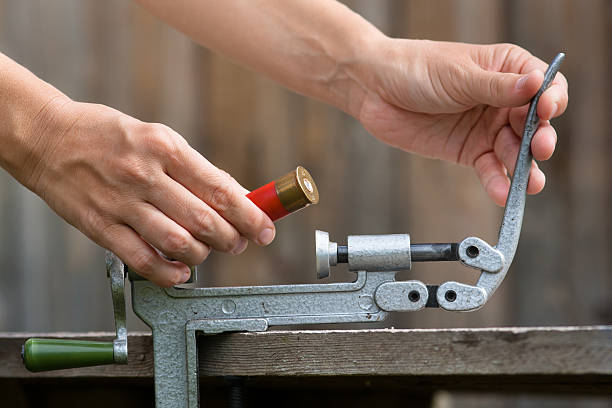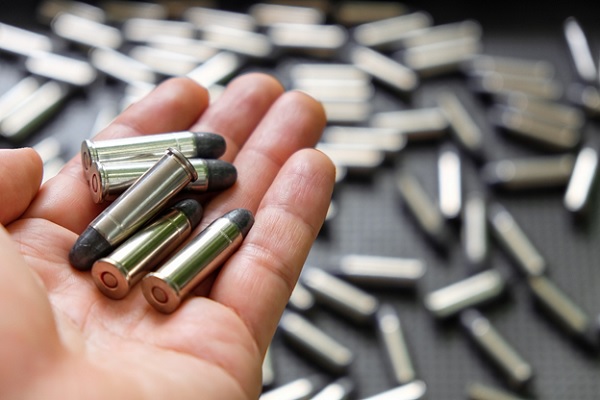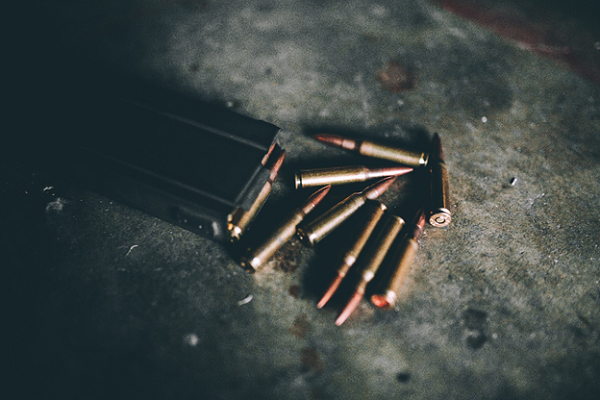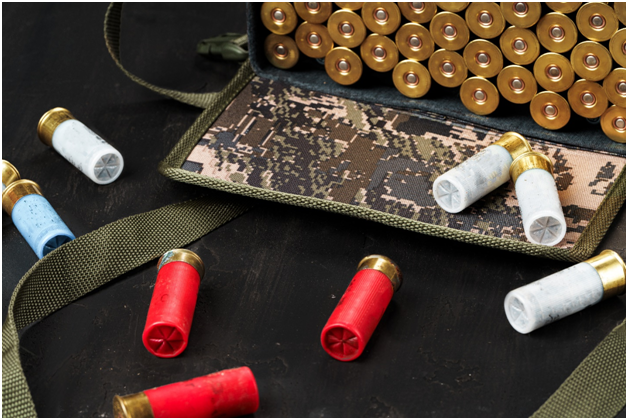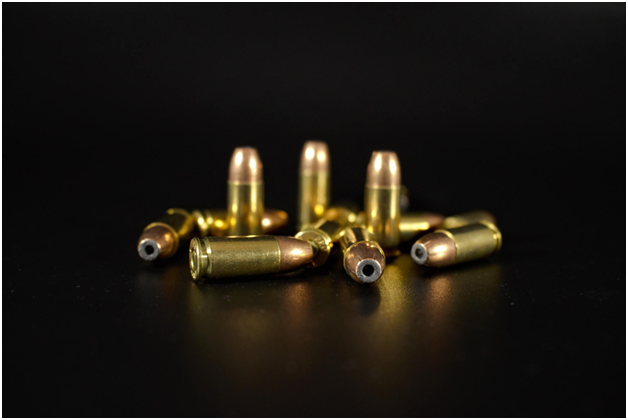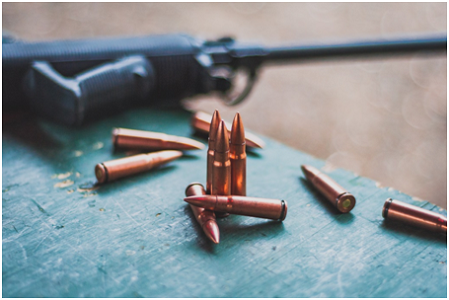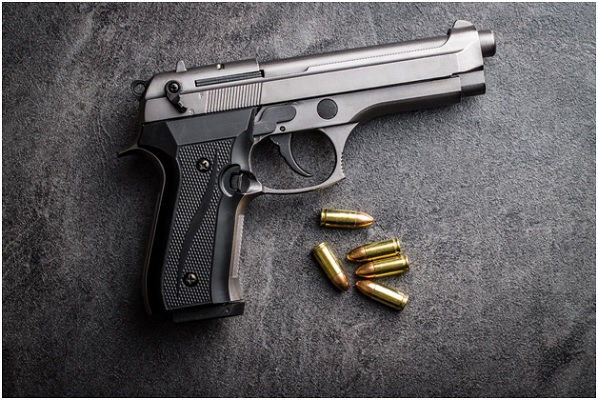
Choices come down to what you want from your reloading supplies or what you are willing to accept from factory cartridges. It only takes a basic understanding and a little practice to be quickly rewarded with superior and cost-effective ammo. From there, it becomes about incrementally optimizing your ammo’s performance. Hand selecting your reloading supplies and equipment lets you fine-tune your ammunition to your own needs. You can optimize for more ange, better accuracy, and more power from every round.Hence, so many highly experienced shooters insist on using their customized ammo as often as possible.
Being familiar with the four basic components of reloading supplies(case, primer, propellant, and projectile) is merely the first step to the fascinating and time-honored tradition of self-loading. Each component has multiple variations that can be combined in assorted ways with numerous variations of each of the other components.
You can develop the right cartridge that allows your firearm to deliver the performance that you want and need. Reloading supplies and equipment become essential for users of obsolete cartridges and non-standard or wildcat cartridges. Obsolete isn’t always a historically old cartridge. Rounds like the Winchester Super Short Magnum were only manufactured for a short amount of time. Fortunately, few cartridges have totally unique case dimensions. Most centerfire cartridges were created from a parent case and can be formed using an existing case. Dimensions are known, so die manufacturers can make them. With most bullet diameters being more or less standard, your ability to reload obscure cartridges across a wide spectrum is better than ever.
With accuracy being the primary goal of most enthusiasts, the best combination of bullet performance and velocity, experimentation for that single perfect round is endless. Improvements in accuracy are usually incremental and rarely exponential. For hunters, weather and other environmental factors require developing specific rounds for specific situations. Even target shooting under controlled conditions requires different rounds for varying distances with each firearm used.
As you begin your experimentation with different reloading supplies and equipment, you need to first hone the basic procedures. As you become a more precise reloader, you’ll need to decide where you want to begin making changes. This becomes a lifelong hobby as you make one change at a time, and adjusting accordingly. You likely begin by trimming cases to consistent and proper length. And then step up to weighing your cases and bullets because manufacturing tolerances vary. In time, you begin weighing each powder charge down to the last kernel but only after trying several different powder shapes. What comes next? You might ask? Do you clean your primer pockets? Have you tried neck-sizing only, and competition dies?
If you want rounds that are better than store-bought, you’ll need to put in some work.
Titan Reloading is dedicated to helping novice and veteran shooting enthusiasts safely and properly reload their own ammunition every time.
Titan Reloading is a Master Distributor of Reloading Supplies & Equipment online. Choose from Lee Precision, Dillon, Hornady, Redding, Mec, & Lyman. For more information and/or to peruse and shop our online store please visit www.TitanReloading.com or contact Titan Reloading at 262.397.8819 with any questions.

